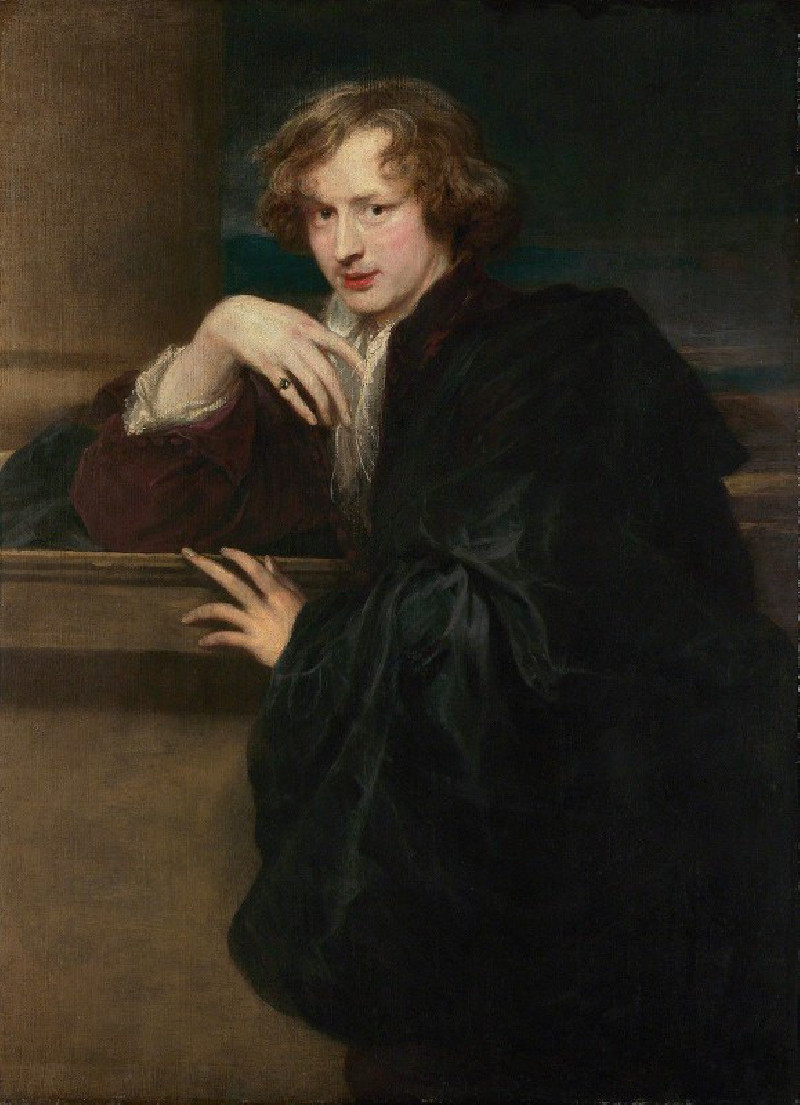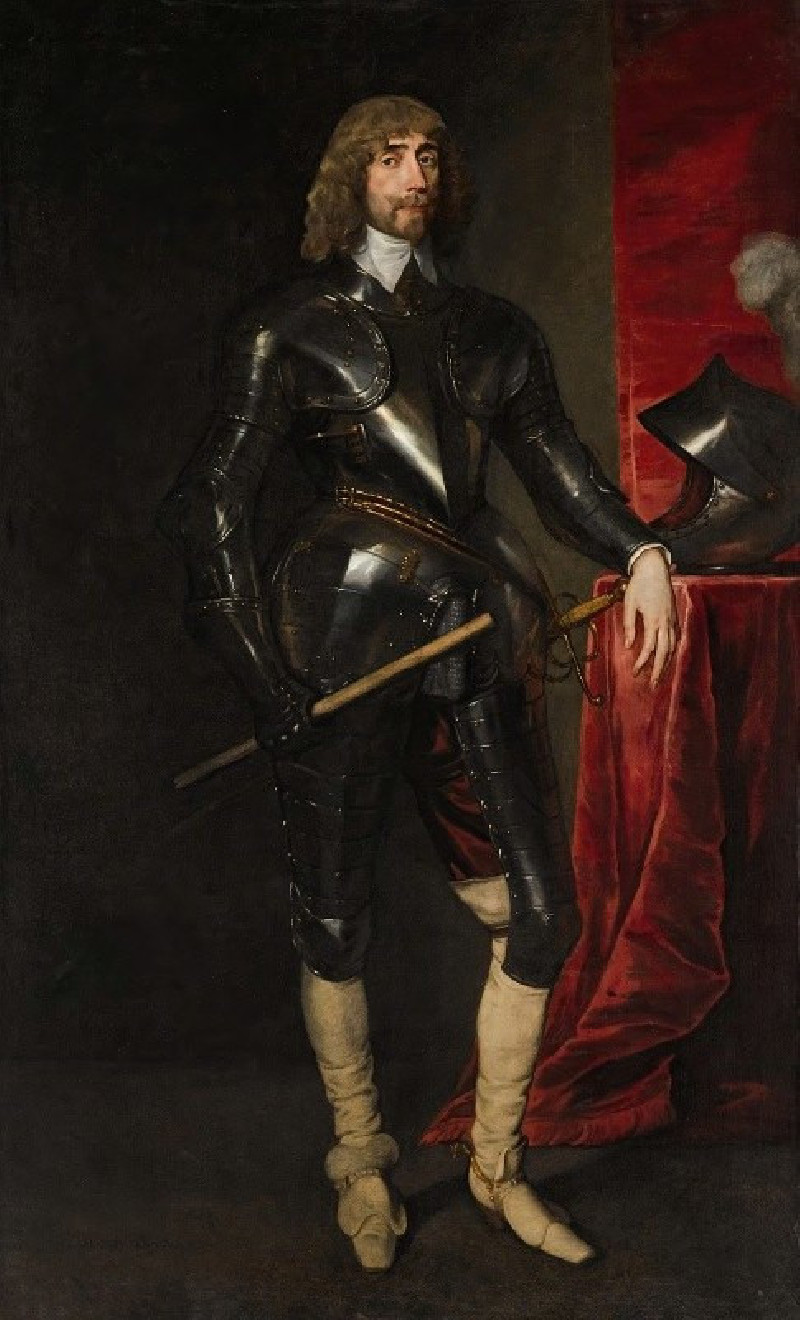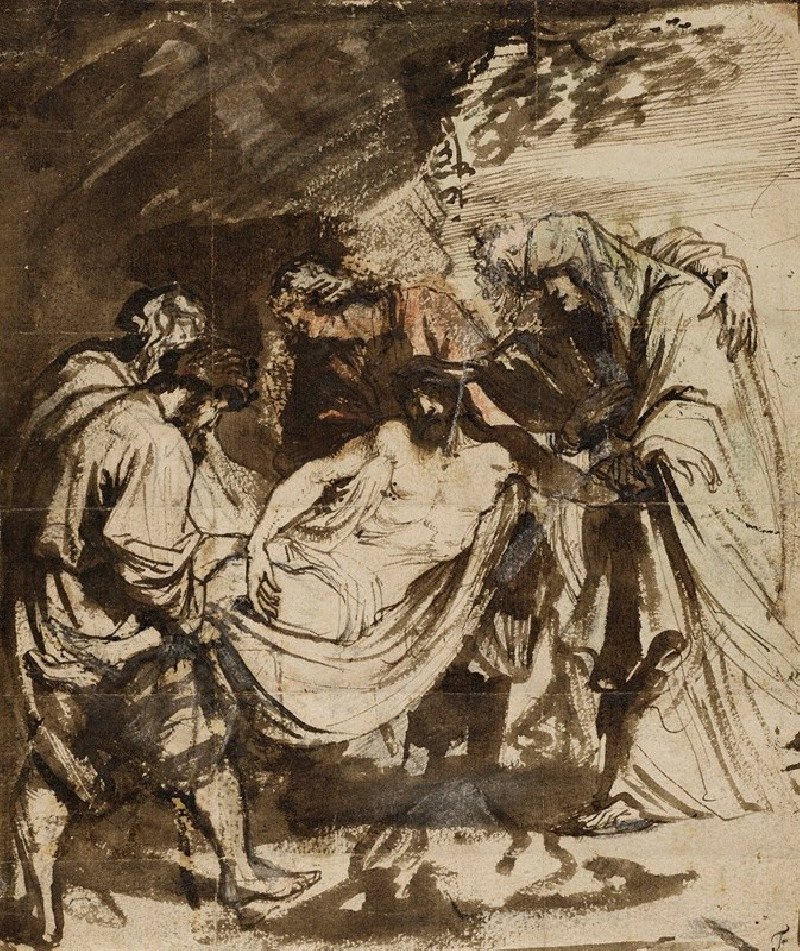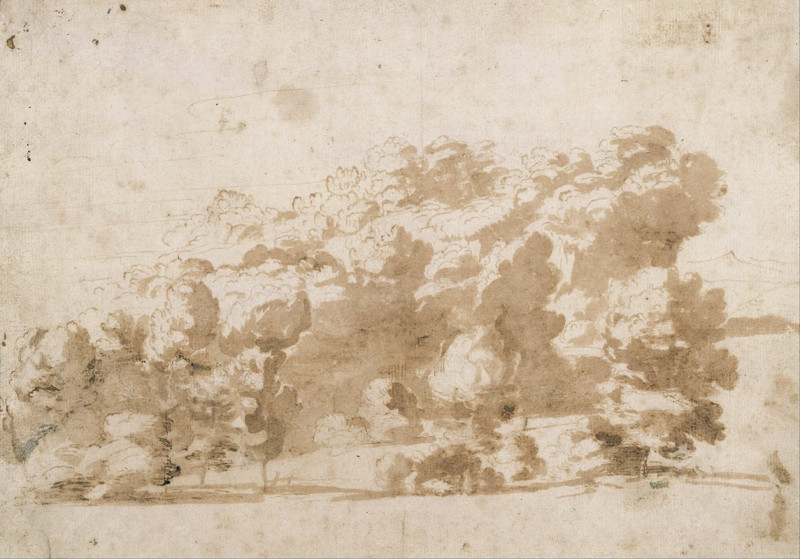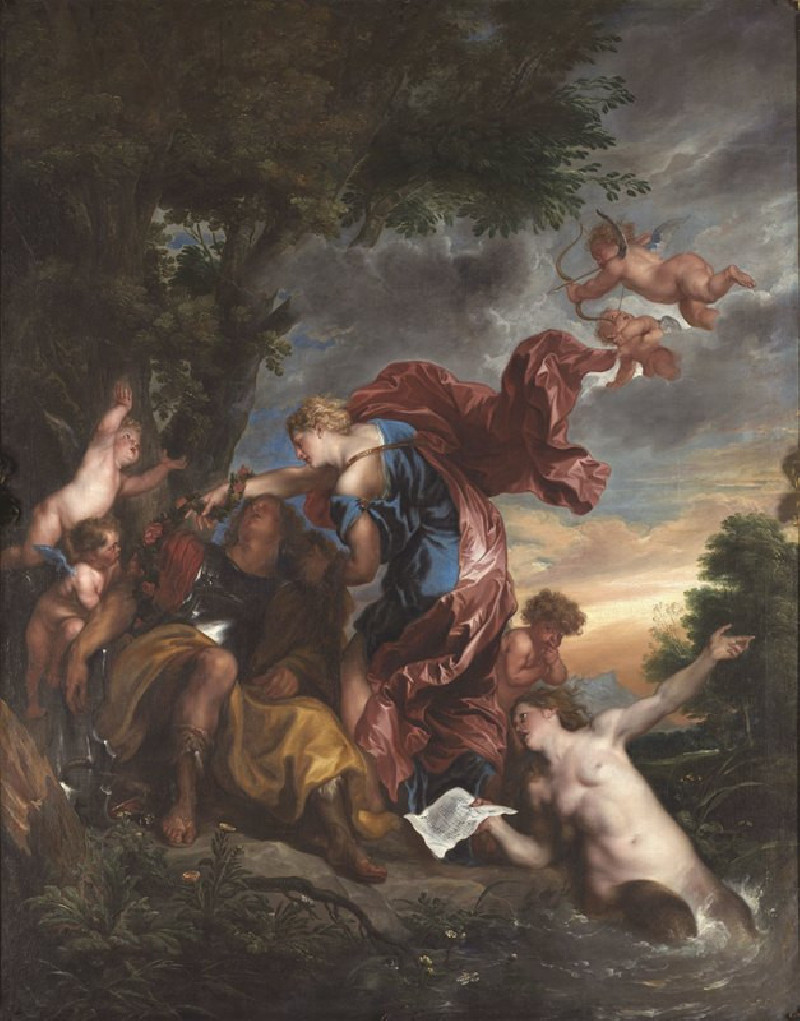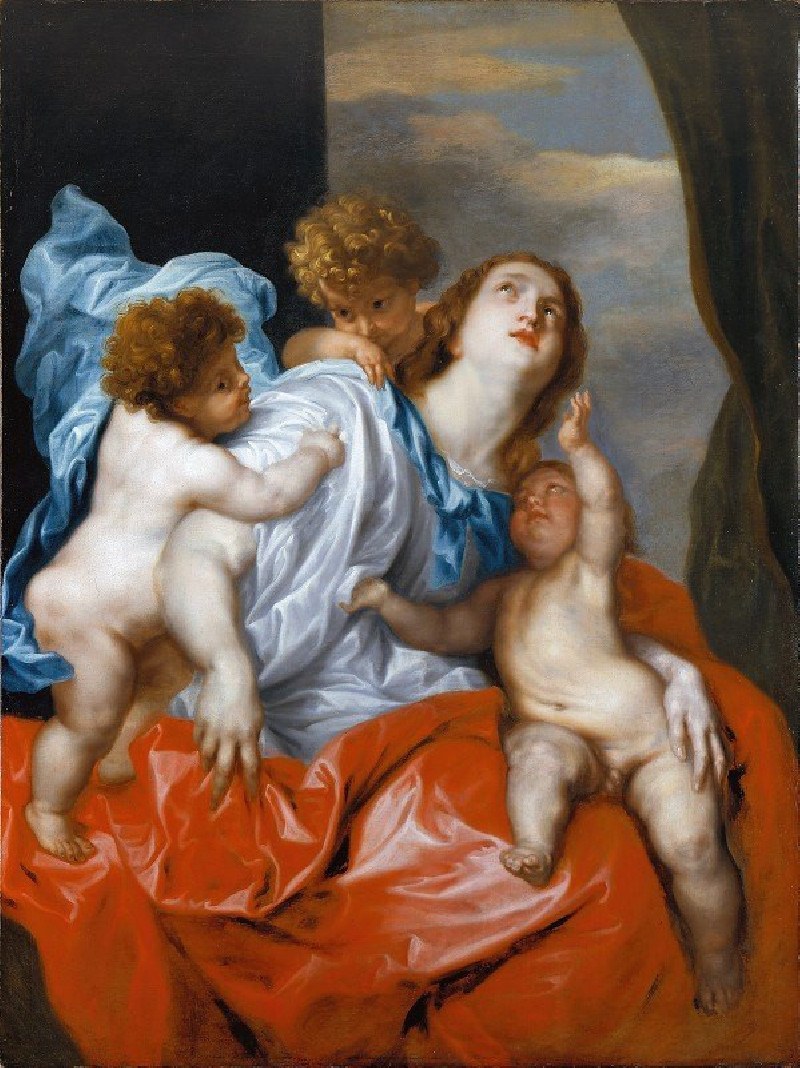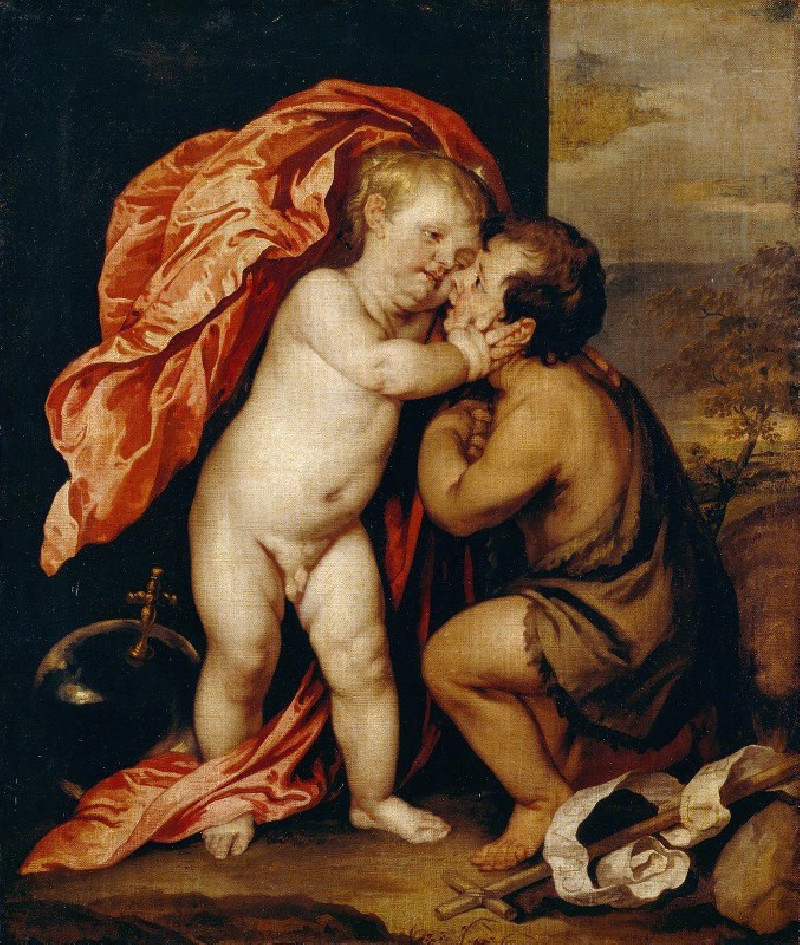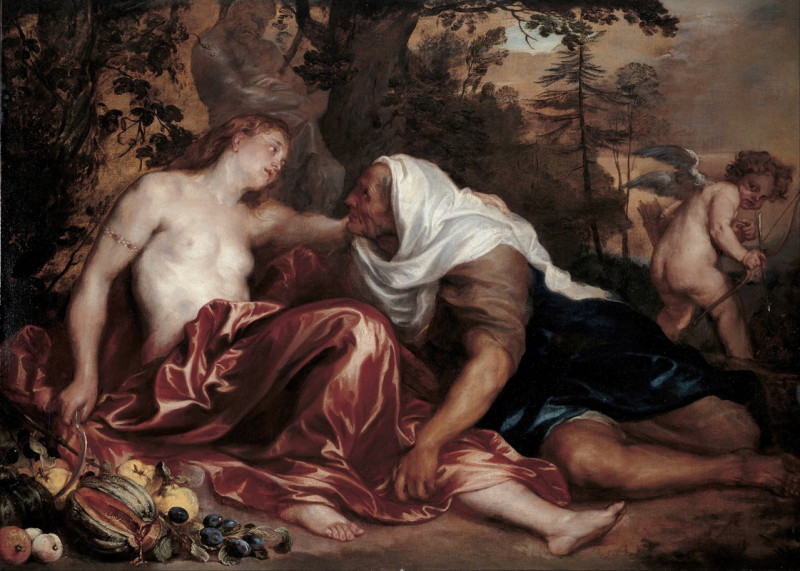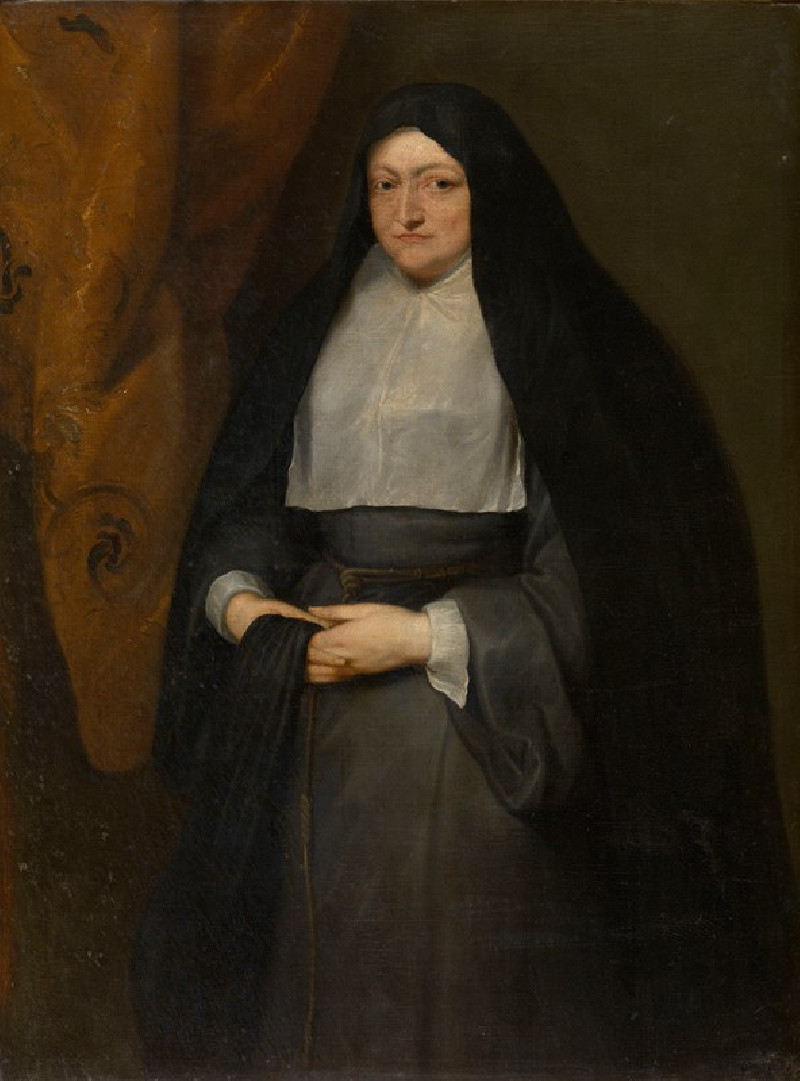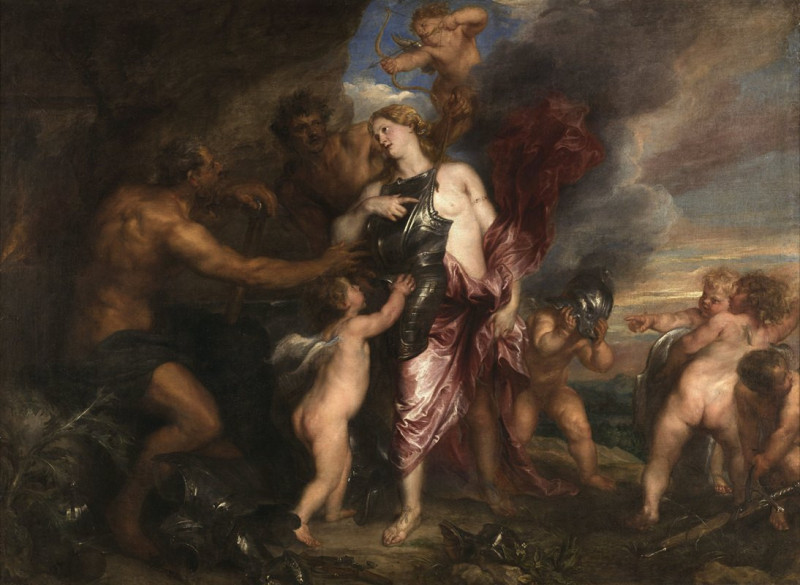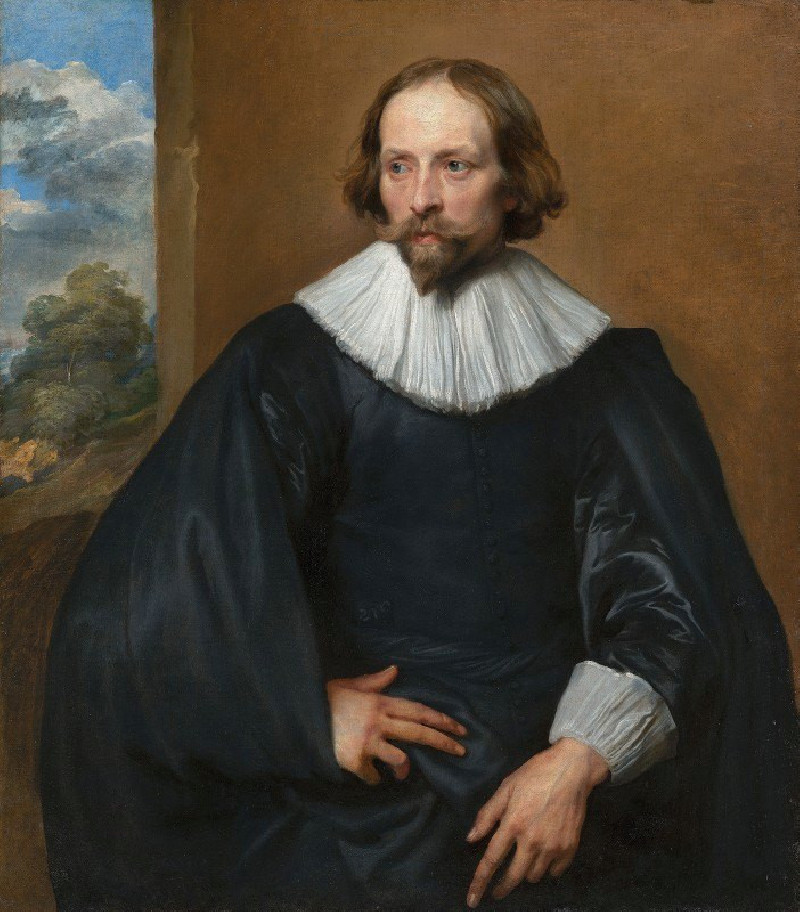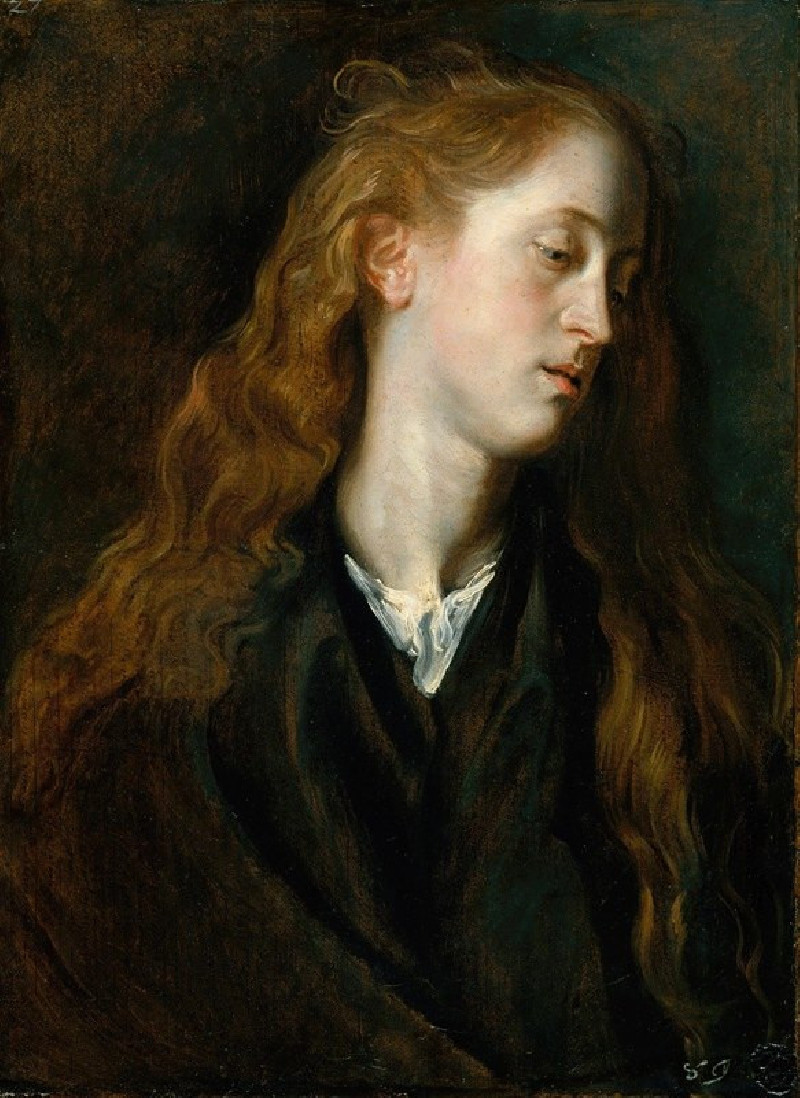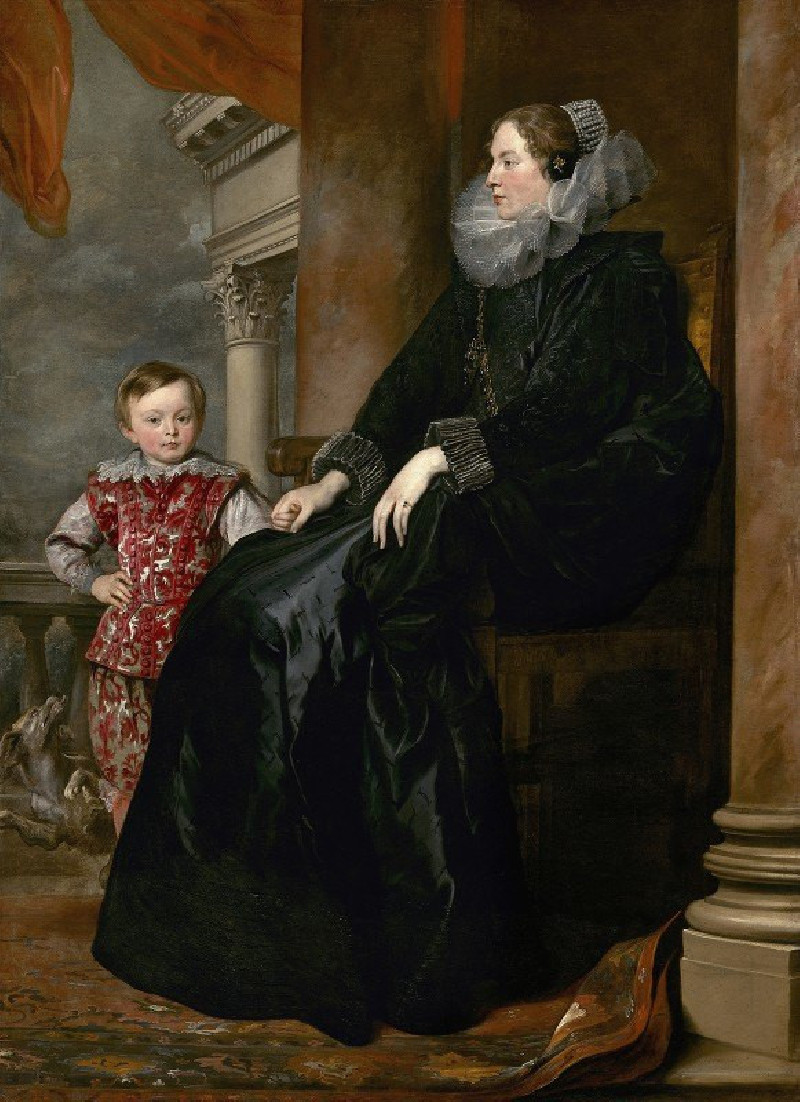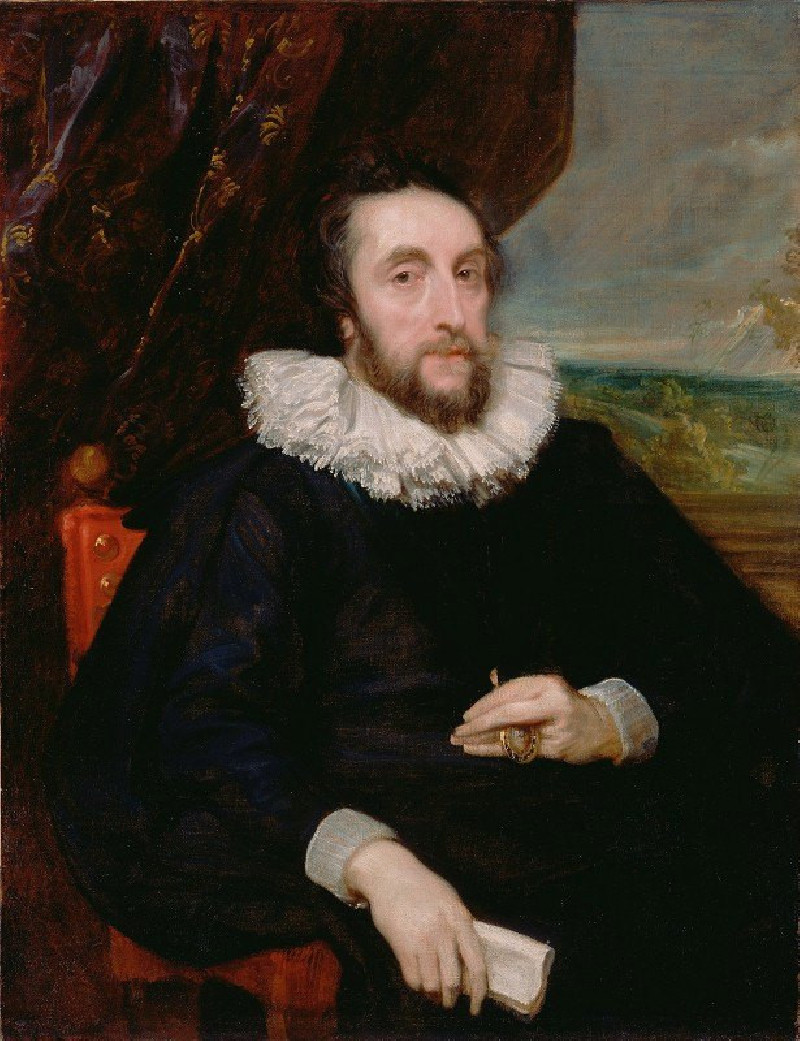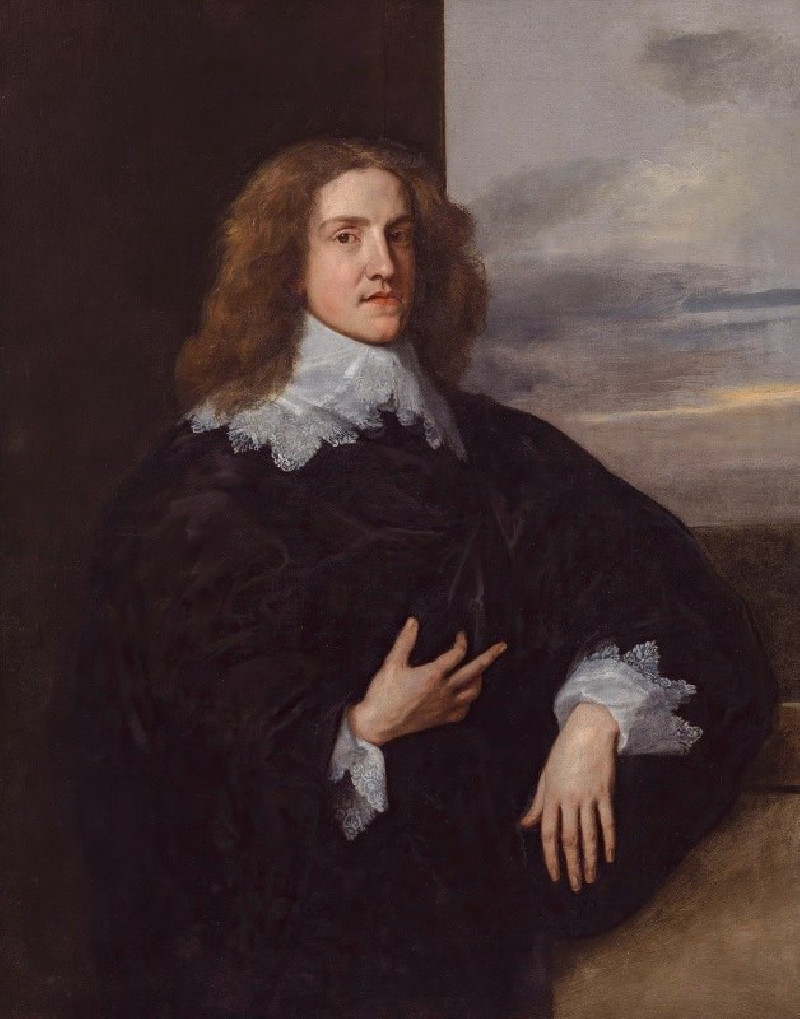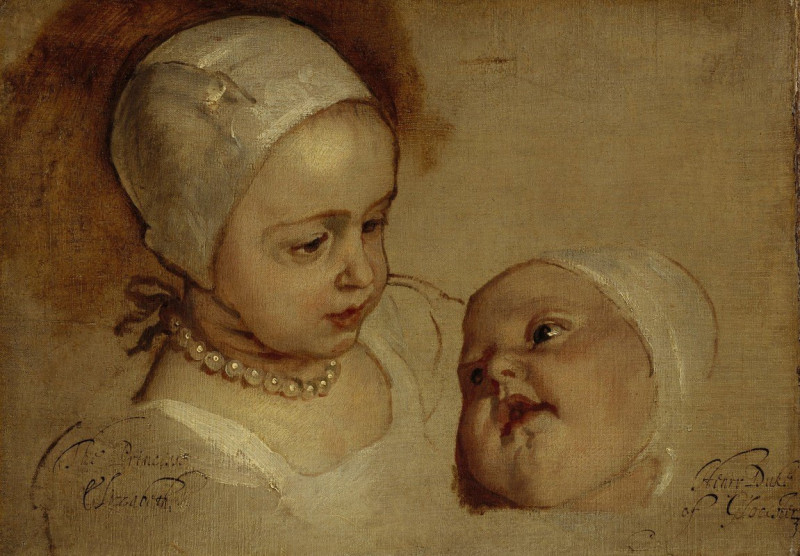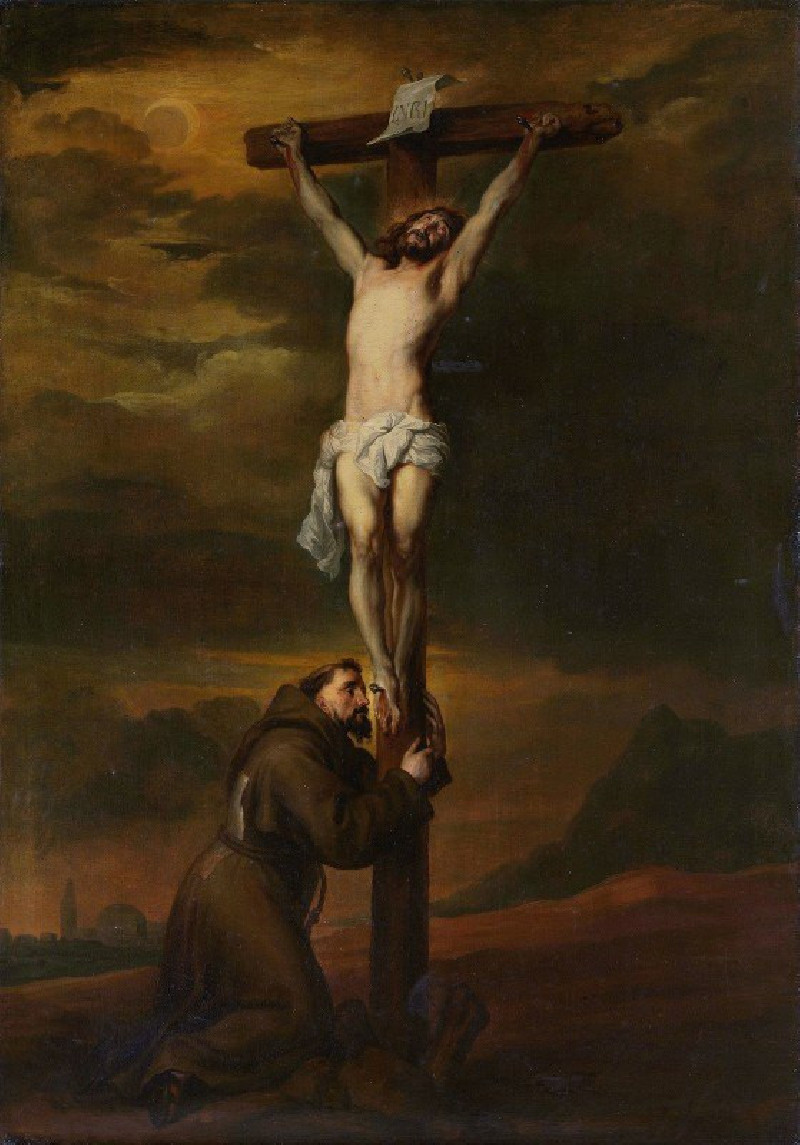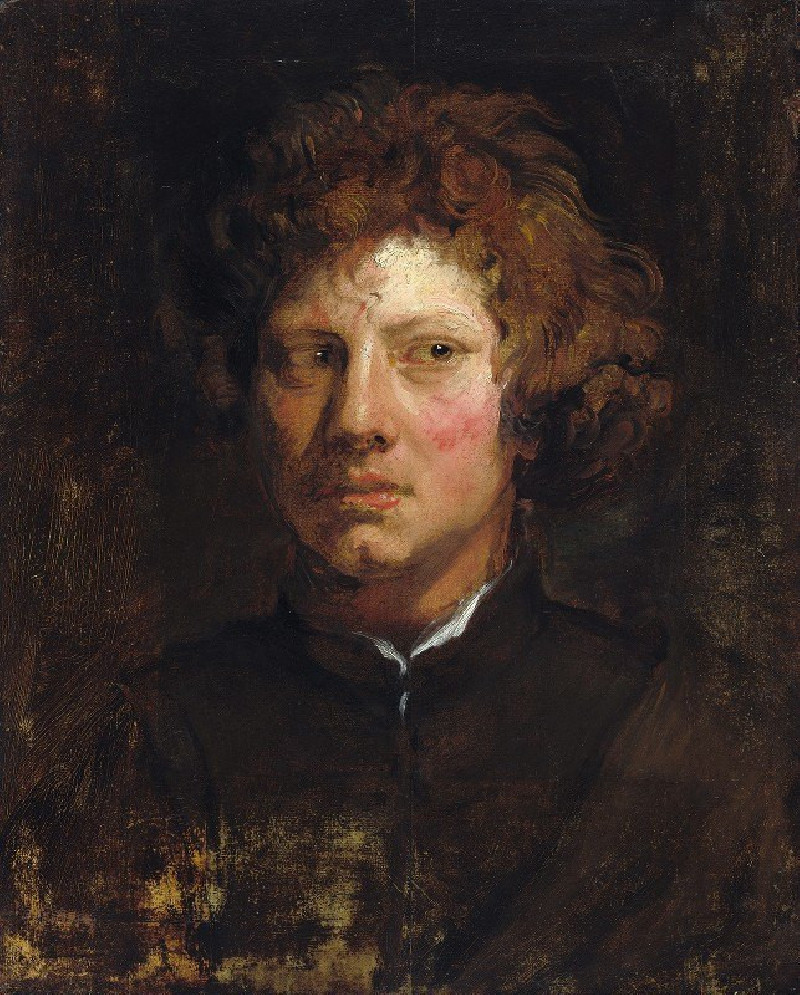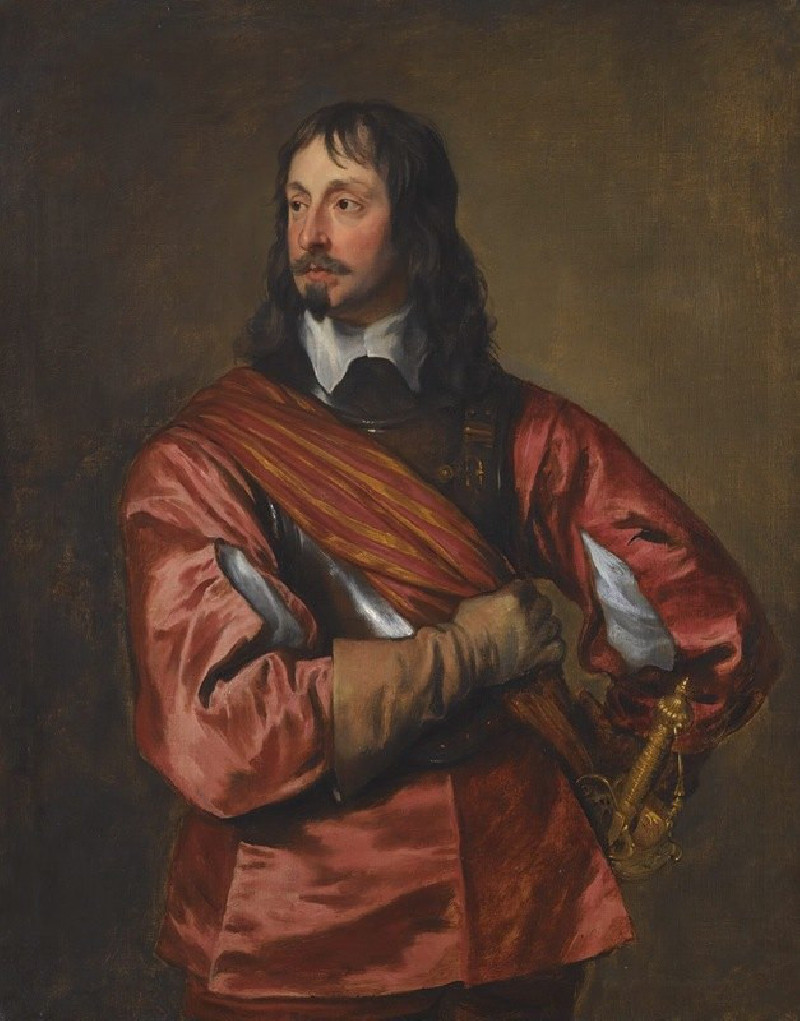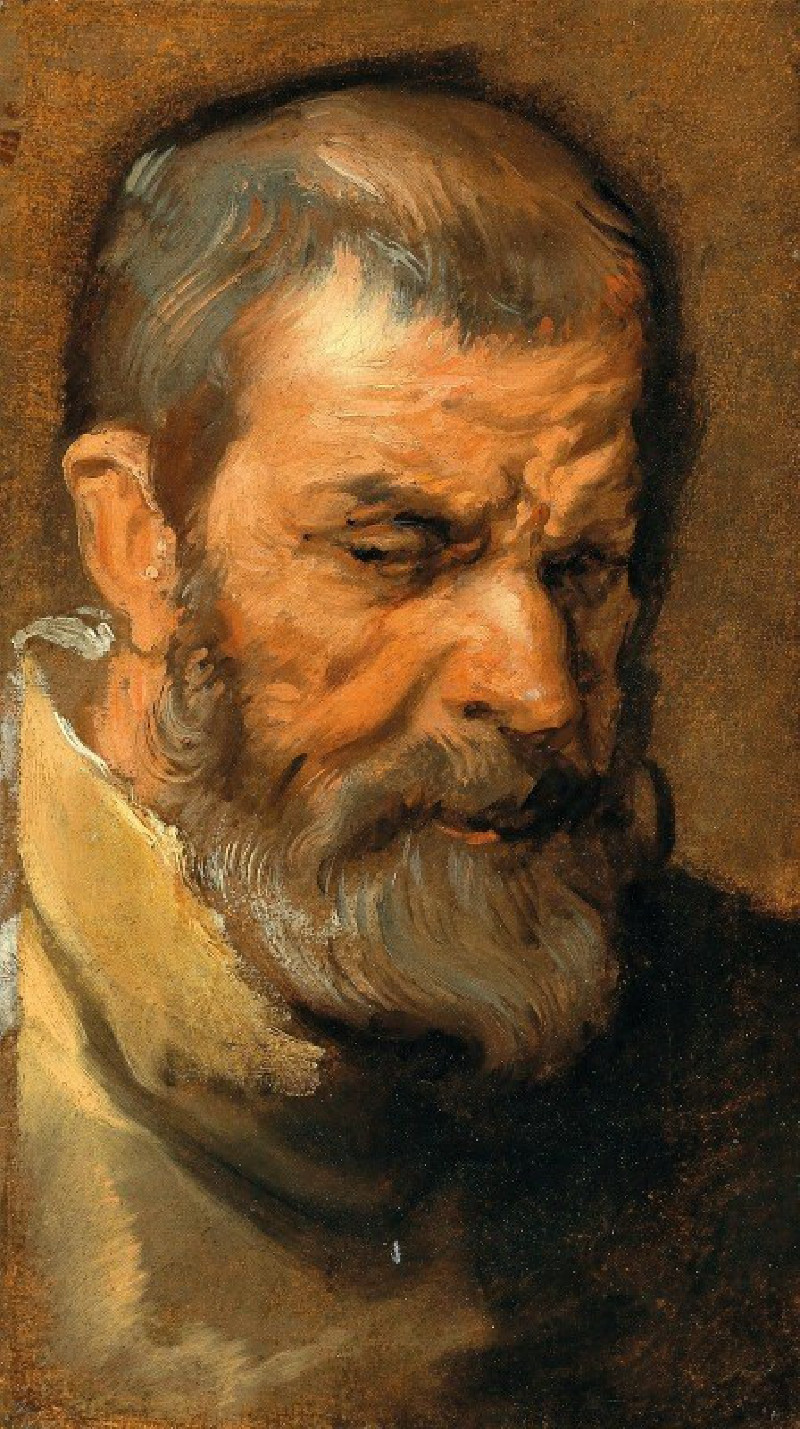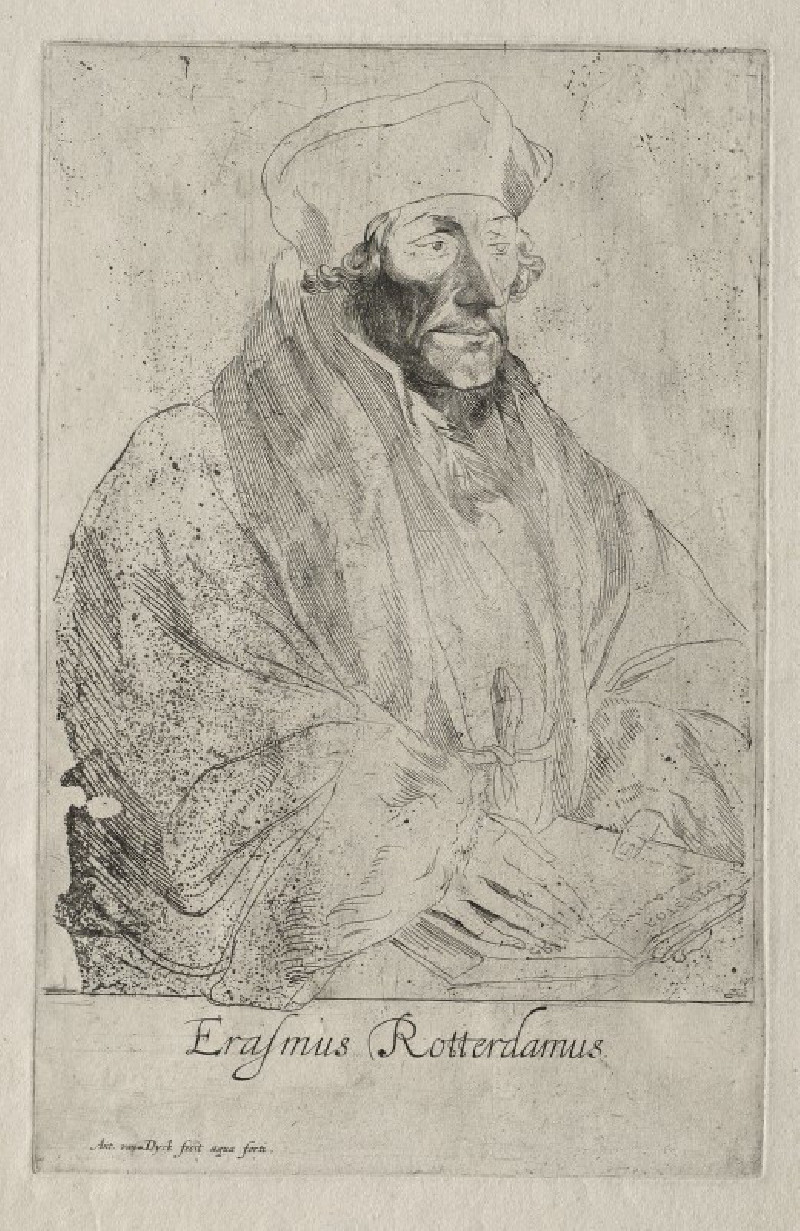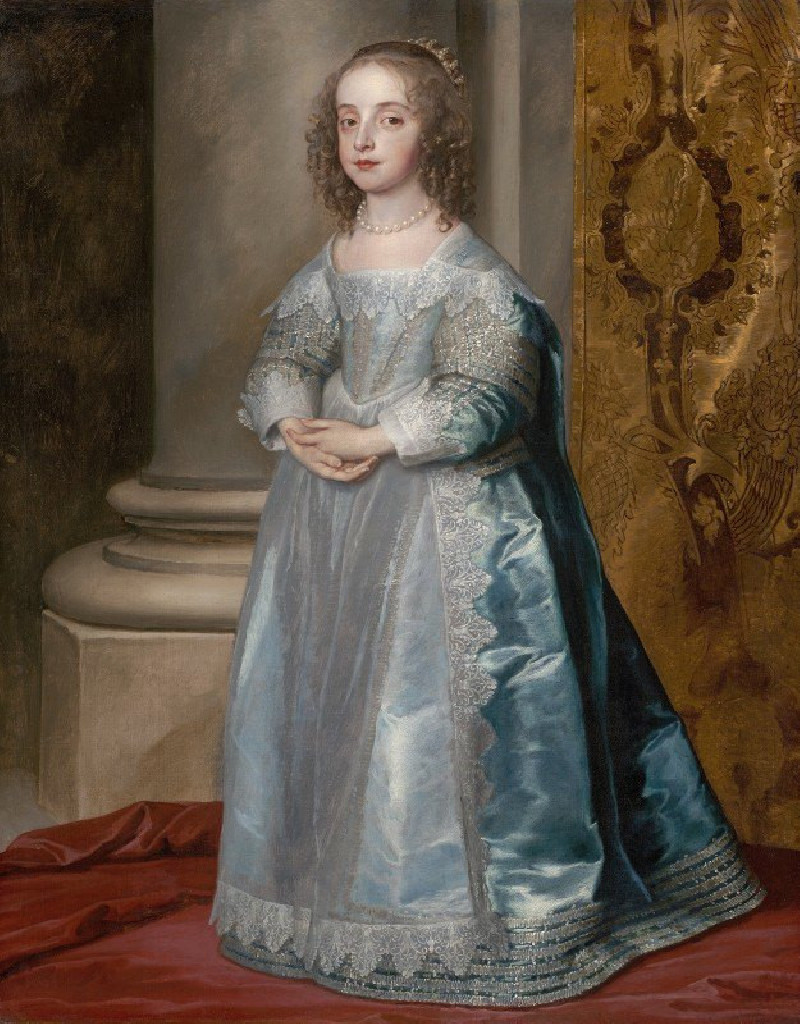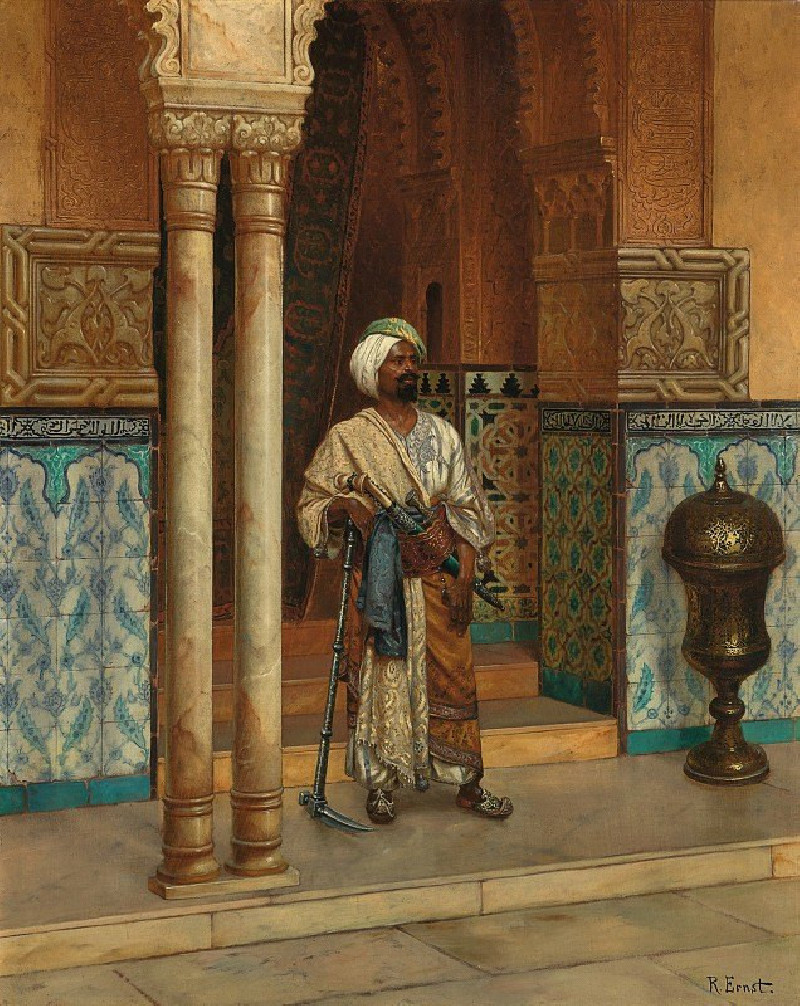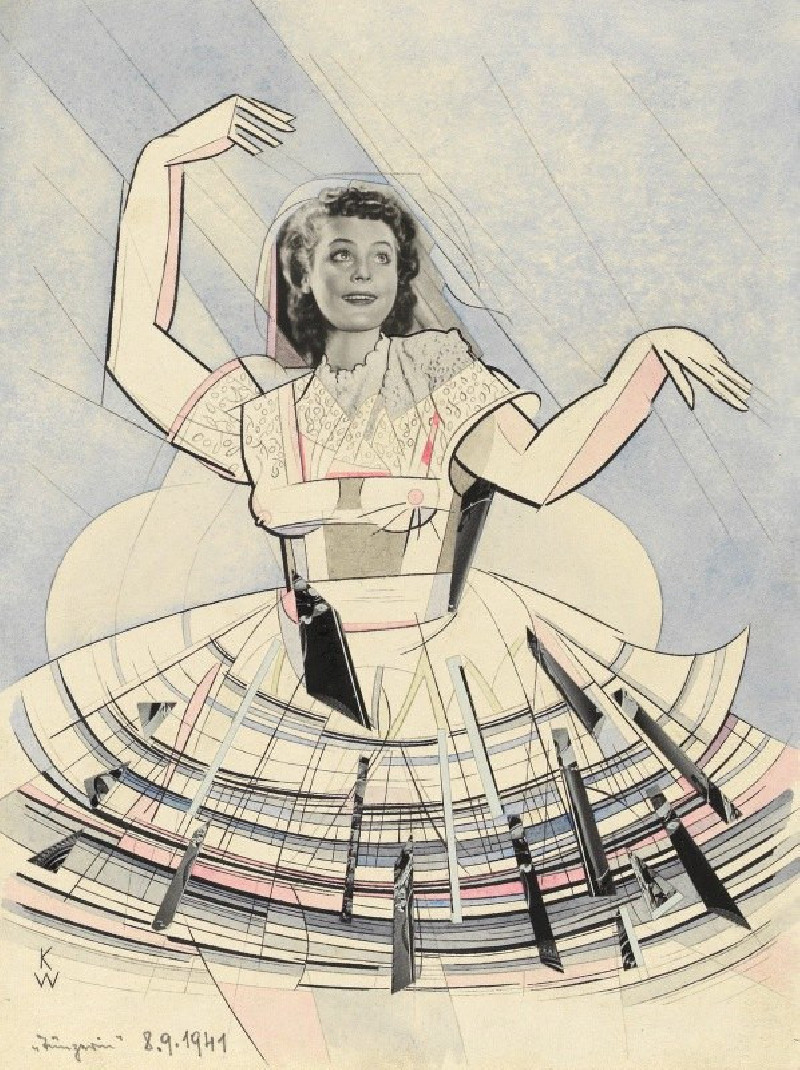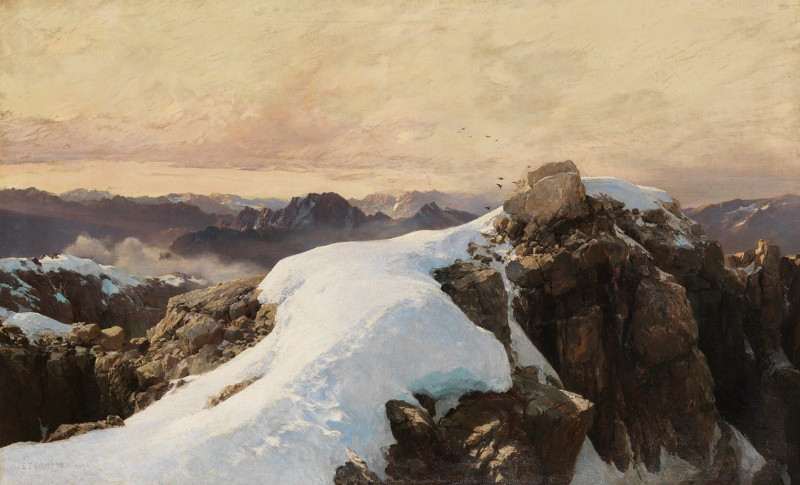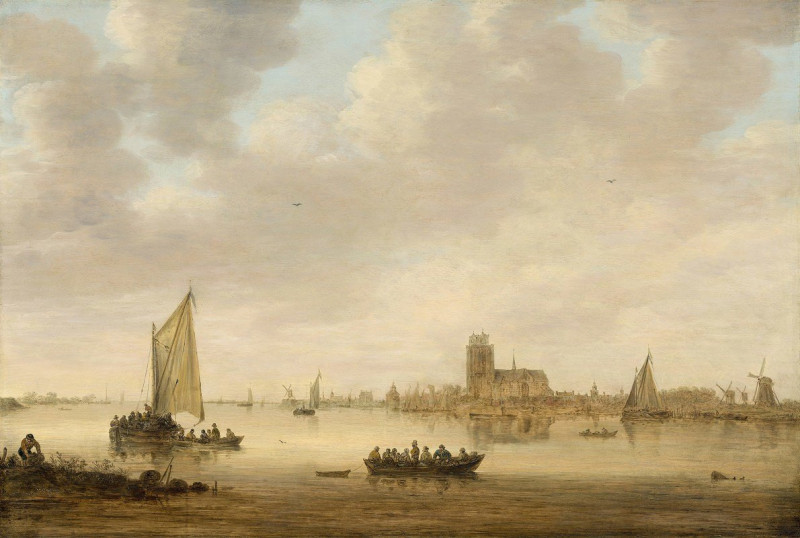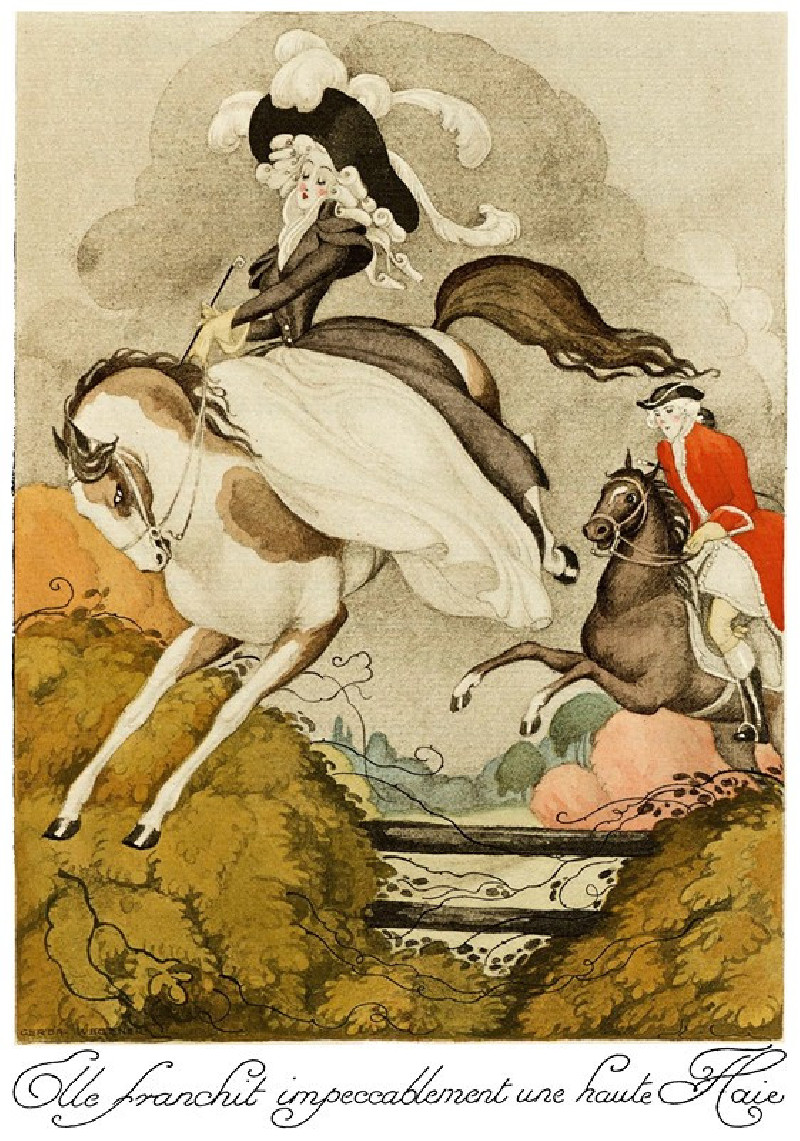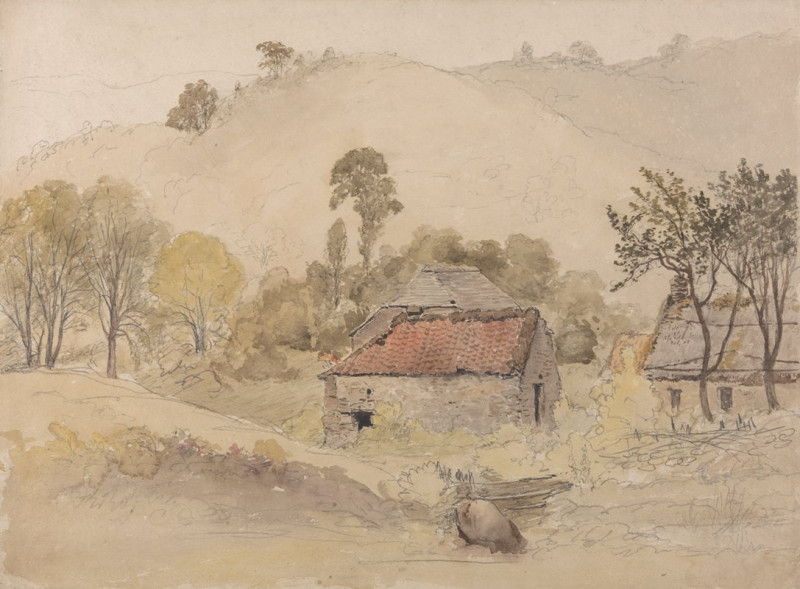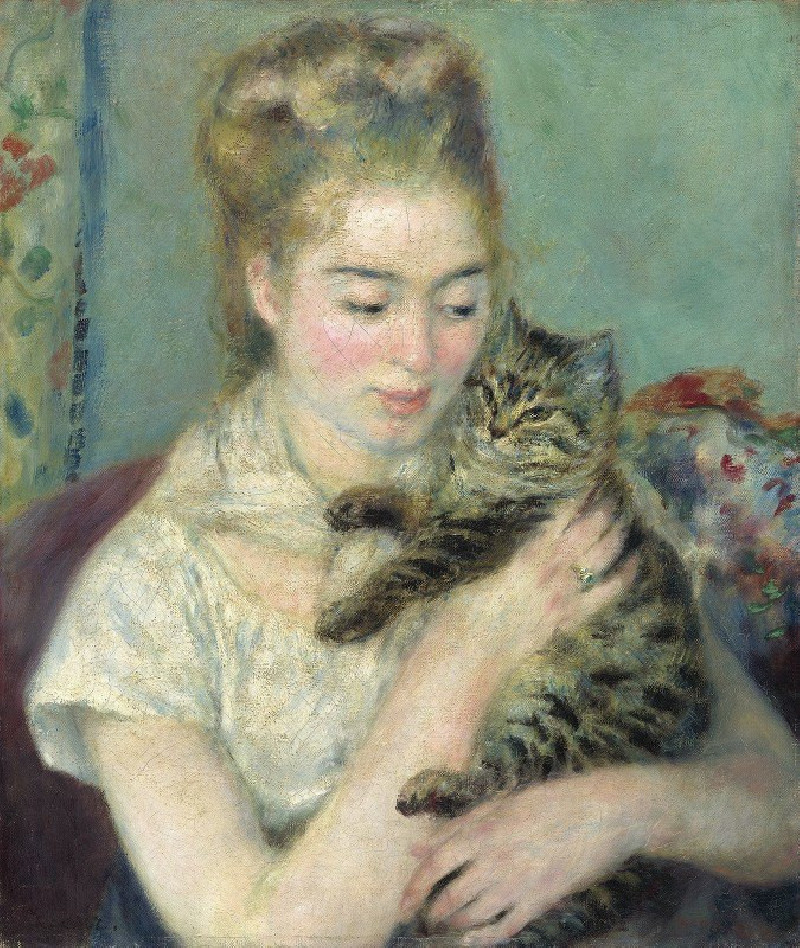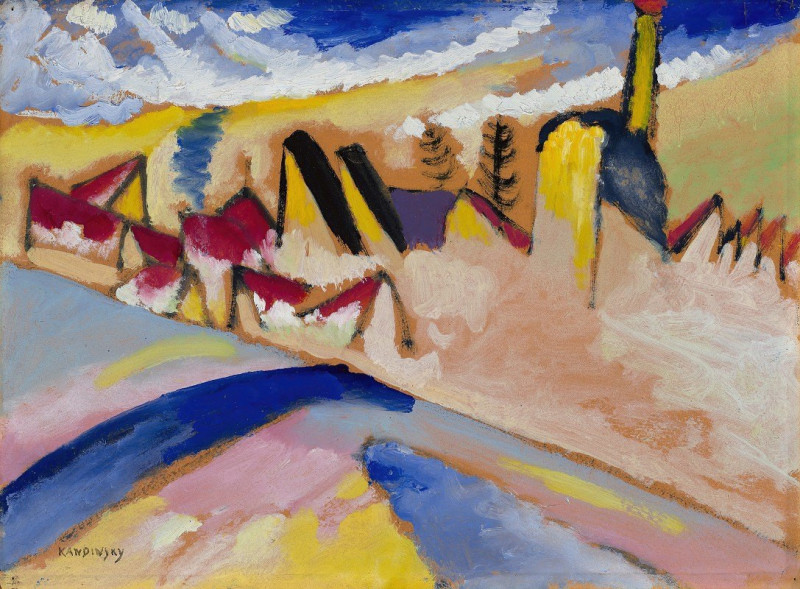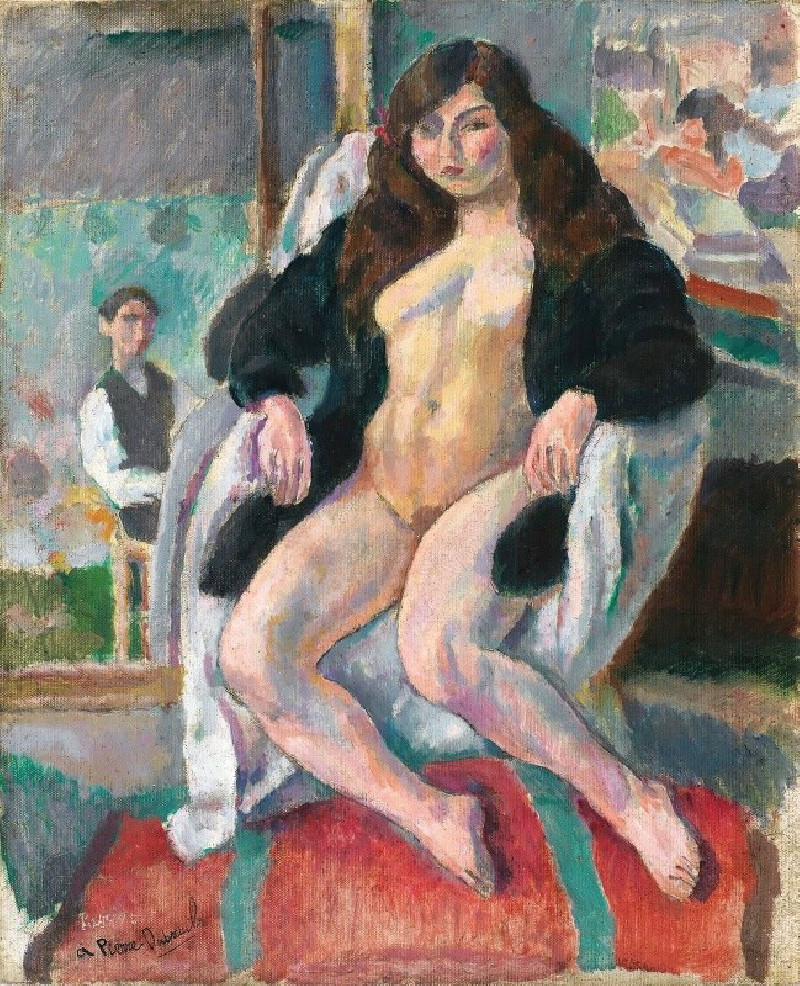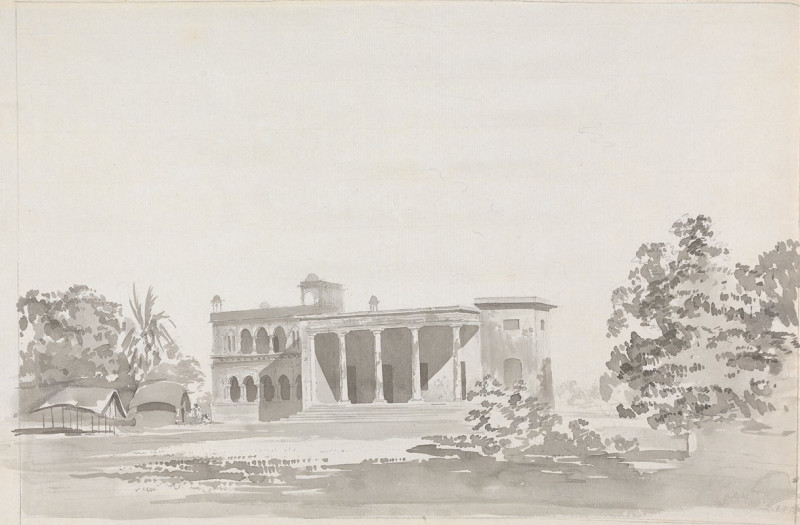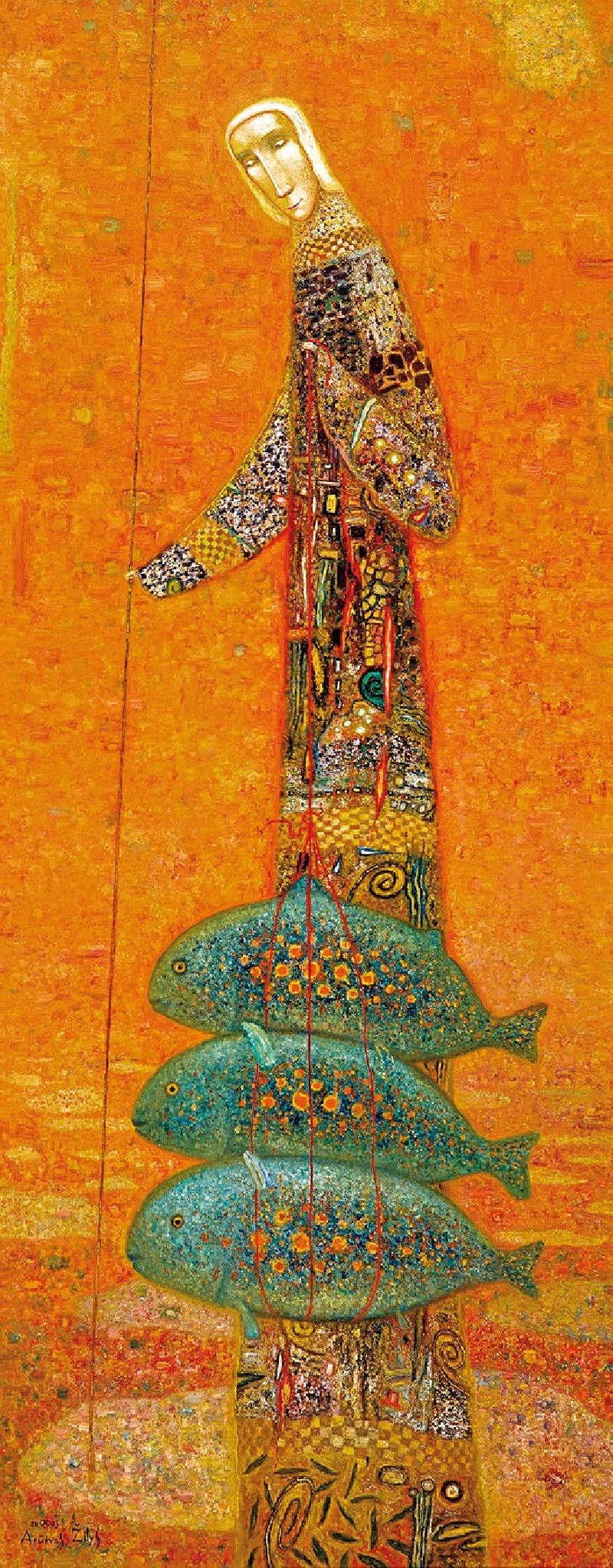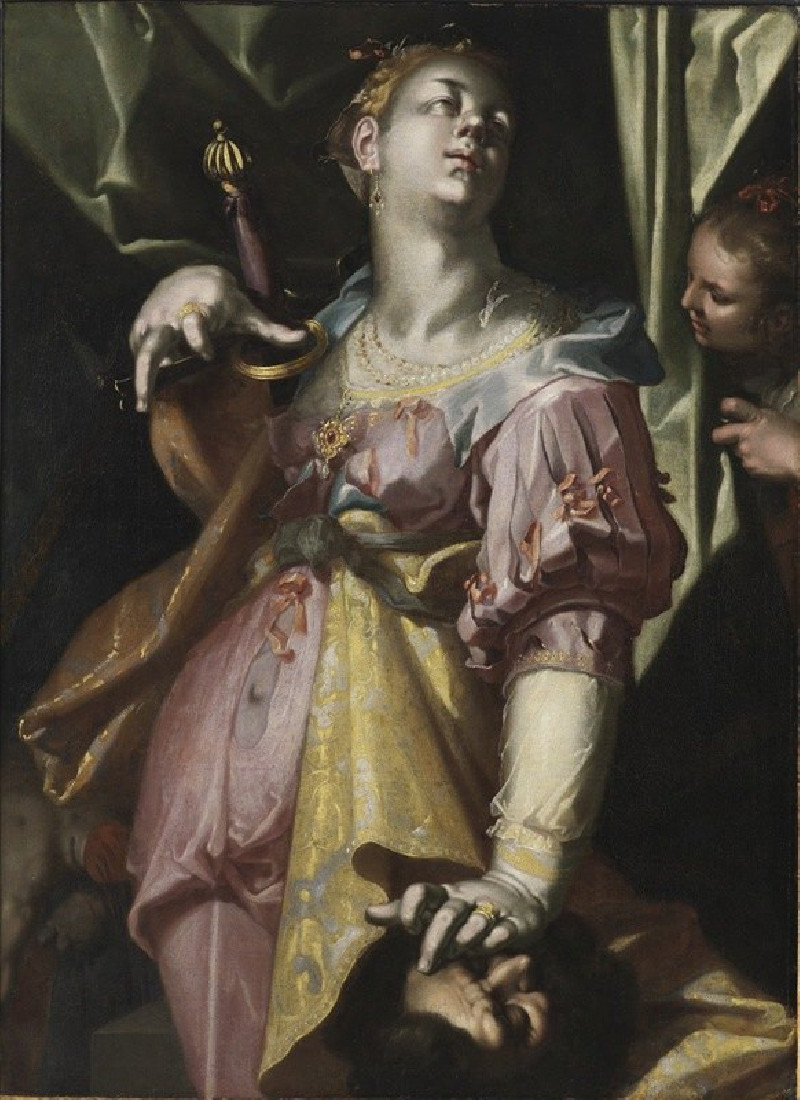Saint Augustine in Ecstasy (1628)
Technique: Giclée quality print
Recommended by our customers
More about this artwork
"Saint Augustine in Ecstasy," a riveting artwork by Anthony van Dyck created in 1628, provides a window into the divine and emotional world of one of Christianity's most revered figures, Saint Augustine. This painting captures the moment of Augustine's profound ecstatic vision, which plays a significant role in Christian mysticism.The composition vividly portrays Saint Augustine, draped in flowing robes, at the center of a celestial gathering. His expression, one of awe and rapture, directs the viewer's attention towards the heavens, where a group of angels envelops him in a vision of divine revelation. The ethereal figures, artistically rendered in soft brush strokes and subtle gradations of color, suggest a fleeting, otherworldly encounter.Van Dyck's skillful use of light accentuates the focal point of the interaction between Augustine and the divine, enhancing the painting's spiritual intensity. This artwork not only exemplifies Van Dyck's mastery of religious themes but also serves as a poignant representation of spiritual enlightenment and the mystical experiences recorded by many of the Church's foundational figures.
Delivery
Returns
Sir Anthony van Dyck (1599 – 1641) was a Flemish Baroque artist who became the leading court painter in England after success in the Spanish Netherlands and Italy.
The seventh child of Frans van Dyck, a wealthy Antwerp silk merchant, Anthony painted from an early age. He was successful as an independent painter in his late teens, and became a master in the Antwerp guild in 1618. By this time he was working in the studio of the leading northern painter of the day, Peter Paul Rubens, who became a major influence on his work.



